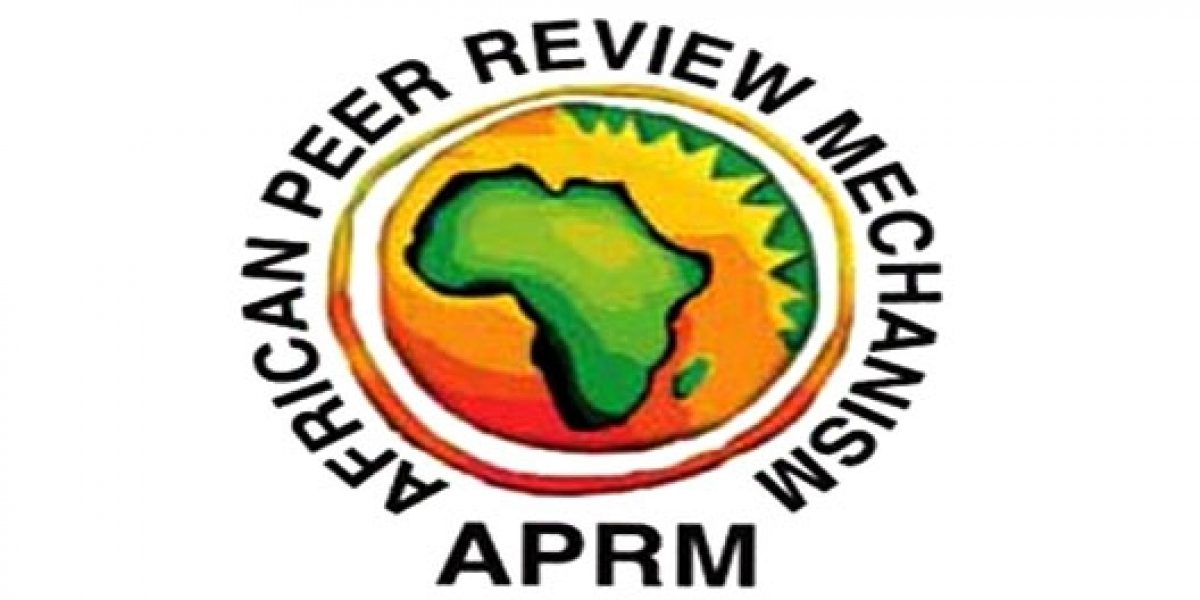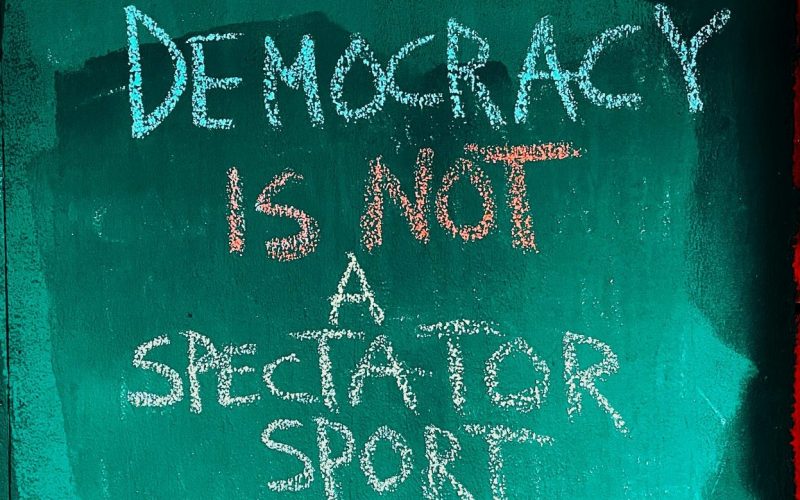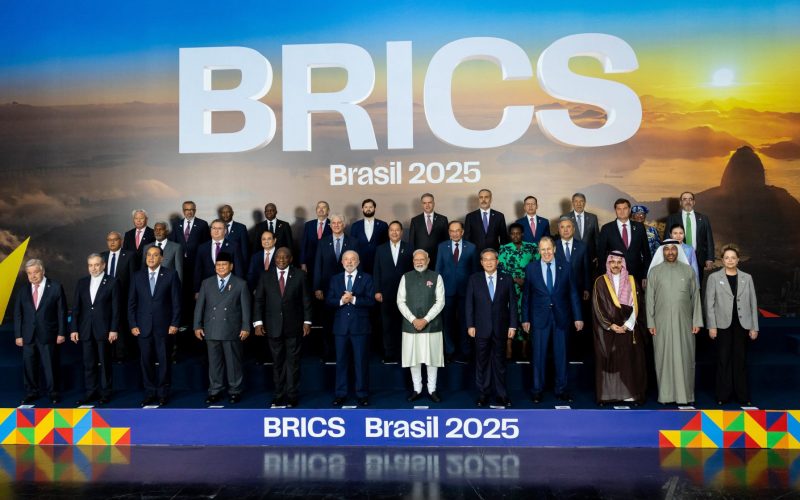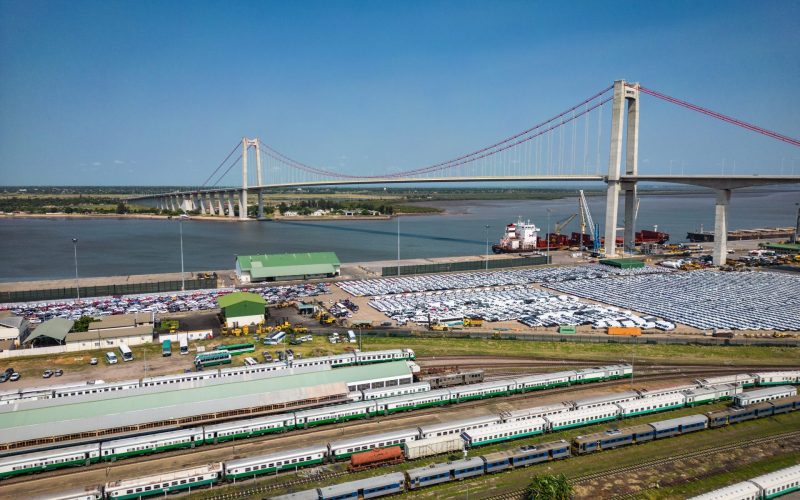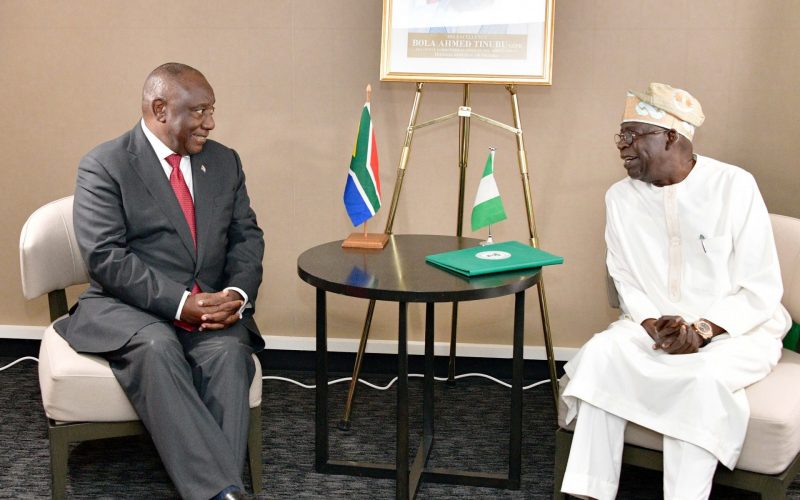One reason is failure to sell its successes. Many of the reforms that have come about because of the process have sadly drowned in a sea of acronyms and technical jargon. In fact, the majority of Africa’s population has never heard about it. This is worrying given its impact, and its potential.
The APRM focuses on diagnosing problems and improving governance in the political, economic, corporate and developmental spheres. Member states review their own performance and invite independent African experts. The two review processes are then compiled into a single report, which is presented by the head of state to his or her peers. The reviewed government commits to addressing identified issues through a plan of action.
The mechanism has made a difference since it was started in 2003. Thirty five member states have signed up to the process, and there are multiple examples of reforms that have been introduced as a result. All have gone unnoticed.
Examples of reforms that have gone unnoticed
Government insiders in South Africa often speak about the impact that the APRM had on scrapping the contested ‘floor-crossing’ practice in the country’s legislature. Critics argued that it disfranchised voters by allowing parliamentarians to change their party and to ‘cross the floor’ to their new party of choice. The link between this change and the peer review process has never been publicised. South Africa was reviewed in 2007.
Achievements in other countries have been more concrete. But none has excited the public or the media. For instance:
- Ghana established a Ministry of Chieftaincy and Cultural Affairs, following recommendations made in the APRM report. In 2011, the ministry launched a 5-year Strategic Plan aimed at strengthening the chieftaincy institution and resolving outstanding conflicts. The country was reviewed in 2006.
- Rwanda rectified its weaknesses in the corporate governance sector which were pointed out in the APRM report. It was subsequently singled out for praise in the World Bank’s 2010 Doing Business survey for implementing business reforms, and
- Kenya, which was also reviewed in 2006, established agencies to combat drugs and tender irregularities.
In addition, peer review reports are often ignored by governments. If this hadn’t happened the findings of two APRM reports might have prevented recent violent tragedies. The respective reports on Kenya and South Africa flagged, in advance, the high probability of the east African country’s 2006-7 post-electoral violence and the 2008 xenophobic attacks in South Africa.
In fact, all reports have identified critical societal fault lines. But governments ignore or deny the warnings.
What’s wrong with the APRM
Envisaged peer pressure has been mostly absent, and recommendations are routinely shrugged off.
Seventeen countries have been reviewed so far but there has been little follow-up. The APRM has produced 17 mostly solid, thorough and honest governance reports. Yet due to their sheer bulk and level of detail – averaging 400-500 pages – they have been read by only a few people.
While each report has a concrete programme of action, these have been poorly integrated with other development initiatives and have not been implemented.
The other countries that have been reviewed are Algeria in 2007; Benin, Uganda, Nigeria and Burkina Faso in 2008; Mali, Mozambique and Lesotho in 2009. Mauritius was reviewed in 2010, Ethiopia in 2011, Sierra Leone in 2012. Tanzania and Zambia were assessed in 2013.
But no new reviews have taken place since January 2013. The recent cancellation of an Extraordinary Summit in Kenya, intended to revitalise the APRM, sent out further negative signals.
Enthusiasm and political will for the APRM have steadily declined. Fewer new members are joining, existing members are not paying their fees, heads of states skip meetings and when media coverage does happen, it is usually negative.
The APRM secretariat has not had a permanent chief executive officer since 2008. Despite promising signs, including a country review mission to Djibouti in July, and plans to recruit experts for background papers on Chad, the overall picture is one of political apathy at the highest level, and institutional lethargy.
What needs to be done
Will Africa look back on the APRM and regret what might have been? In theory, it has the potential to improve governance, promote learning from best practices and hold leaders to account.
The APRM must send stronger signals. It needs urgently to:
- Make a public recommitment to the values of the APRM by heads of state,
- Appoint a permanent Secretariat CEO and competent senior leadership,
- Ensure member states in arrears pay their fees,
- Complete at least one new review, and
- Demonstrate real intent by member states to implement action plans.
The APRM also needs to learn from past mistakes. Its overly complicated structure and processes fail to excite the public, especially when the results do not seem tangible.
The mechanism does make a difference – fostering dialogue, diagnosing deficiencies and proposing African solutions – but it does so without fanfare, and its media presence is often found wanting.
The modern world offers easy ways to spread ideas through social media. The continent’s youth are embracing Facebook, Twitter and other social media tools to communicate and share information. Young people will benefit most from the positive changes achieved by the APRM. A strong social media campaign could help turn around waning interest and generate excitement around the APRM and the issues it champions. Next year should be the year to #ReviveAPRM.
Given that it is currently the only continental tool with the potential to improve governance in its member states, Africa cannot afford to let it fail.
This article was first published on The Conversation.

